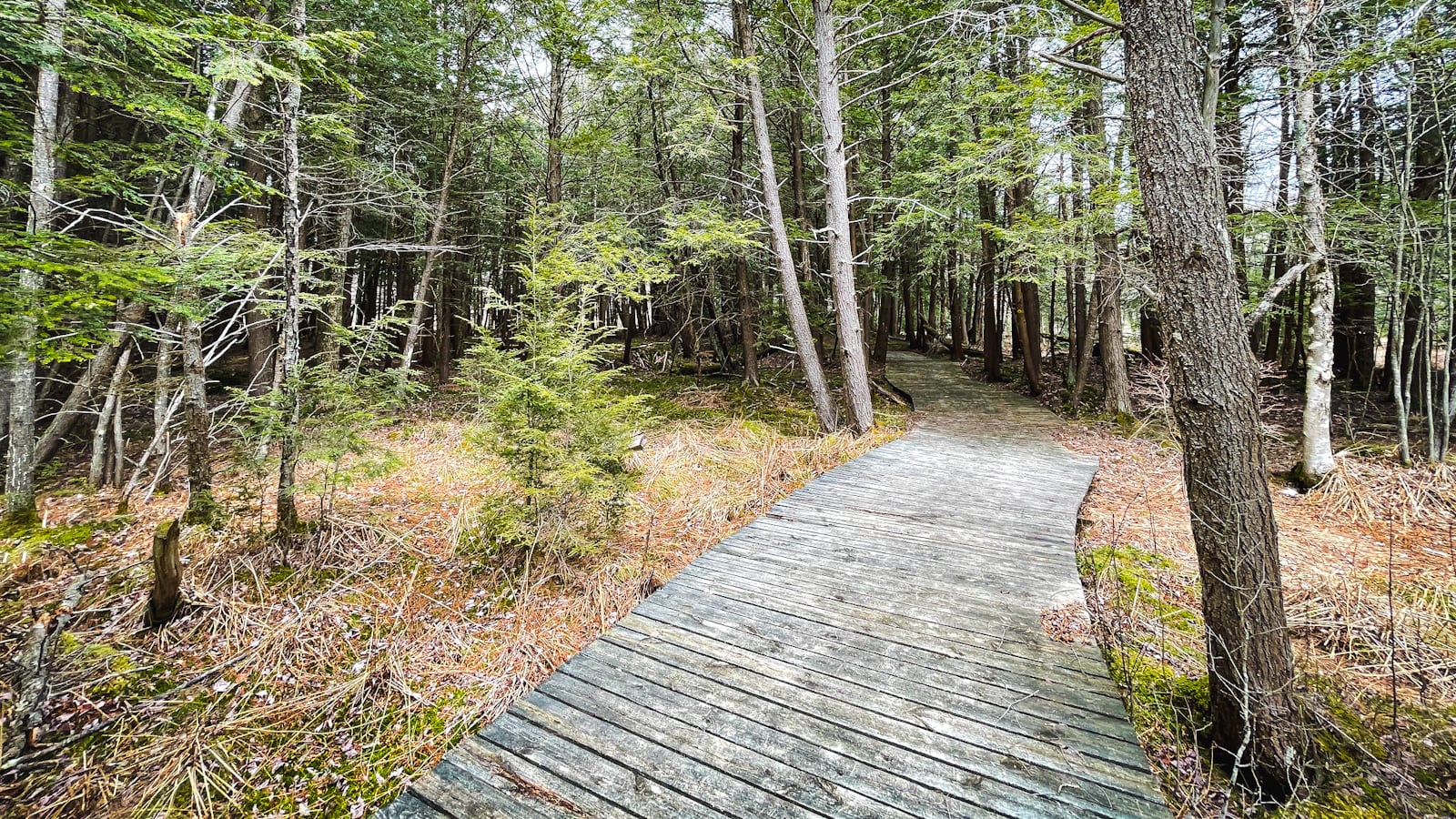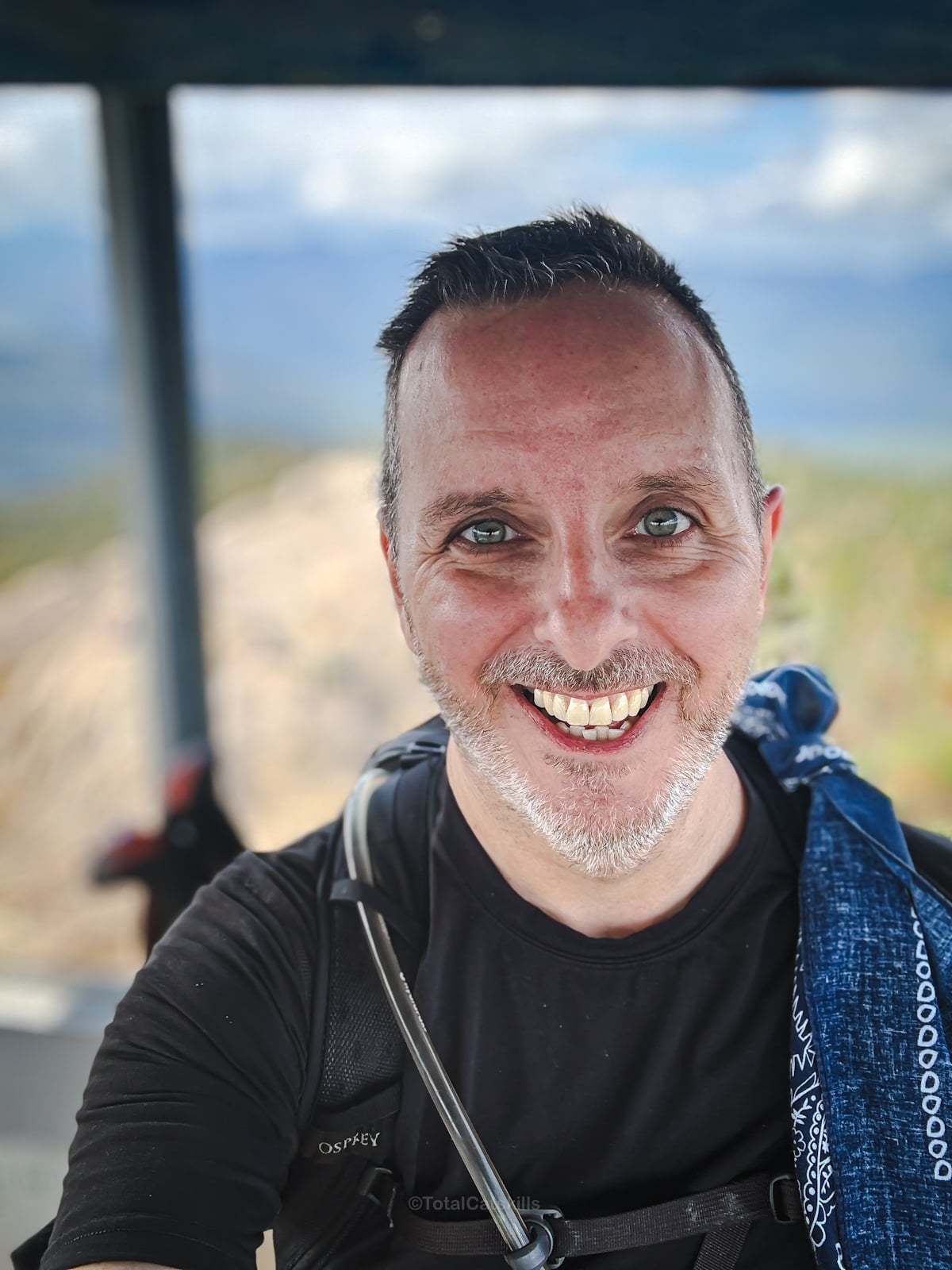Disclosure: This content may contain affiliate links. Read my disclosure policy.
I believe the outdoors is a profound gift that’s meant to be enjoyed by everyone, regardless of their background, experience, skill level, or kit build-out. Unfortunately, not all members of the hiking community share this inclusive vision.
Local organizations can help a lot with inclusivity, but sometimes they are slow to adapt, and some may even be resistant to change.
Some communities, online and off, have developed a reputation for elitism, cyber-bullying and other toxic behavior, leaving many aspiring hikers feeling unwelcome and unsupported.
But we don’t need to wait for organizations or established groups to to lead. As individual hikers, we can build an inclusive hiking culture one interaction at a time.
As someone who wants to see much greater inclusivity and representation on the trail, I would like to highlight the transformative power of individual hikers.
Let’s look at some practical tips on how we can all promote positive change within the hiking community.
But first…
What Does “Inclusivity” Even Mean for Hiking Culture?
Inclusivity in hiking culture refers to fostering a welcoming, supportive, accessible environment and atmosphere for all individuals, regardless of their background, experience, skill level, or physical abilities.
The idea is to promote a sense of belonging and encourage participation from a diverse range of people, including those who may have felt excluded or intimidated by the outdoor community in the past.
Inclusivity on the trail means recognizing and being supportive of hikers who come to the trail as members of diverse economic, racial, regional, and gender cohorts.
This post is free to all readers thanks to my supporters. Get full access to this website today and enjoy great supporter benefits!
And What is “Gatekeeping”?
Gatekeeping in hiking refers to the practice of limiting or controlling access to the outdoor community by imposing arbitrary standards, expectations, or rules that may exclude or discourage certain individuals from participating.
This can manifest through elitist attitudes, unwarranted criticism, or a dismissive approach toward newcomers and those with different levels of experience or skill.
Gatekeeping creates a hostile or unwelcoming environment, hindering the growth and diversity of the hiking community.
It is deliberate. Gatekeeping is a key technique used to maintain control over an activity.
Gatekeepers use criticism, contempt, exclusion, stonewalling, mocking (aka “joking”), cyber-bullying, and social shame in an attempt to elevate their position in a community.
Apparently, even in 2023, some people still haven’t got the memo that putting people down to puff yourself up is not an adult strategy.
How to Reduce Gatekeeping
To help reduce gatekeeping locally, consider the following tips:
- Raise awareness: Encourage discussions and conversations around gatekeeping, its negative impact on the hiking community, and the importance of fostering an inclusive environment. Share articles and memes online, or just chat with friends. Sunlight is the best disinfectant.
- Lead by example: As an experienced hiker or a member of the local community, demonstrate inclusive behavior by offering support, encouragement, and mentorship to newcomers. Treat less experienced hikers with respect and kindness.
- Challenge exclusionary attitudes: If you encounter gatekeeping behavior or attitudes, don’t hesitate to address the issue. Respectfully and constructively, your voice can offer an alternative perspective and remind others of the value of inclusivity in the hiking community.
By working to reduce gatekeeping and promote inclusivity, every individual hiker can help create a more diverse, vibrant, and welcoming community that holds space for all hikers to enjoy the benefits of the great outdoors.
The Importance of Inclusivity in Hiking
Hiking is an activity that offers a multitude of physical, mental, and emotional benefits. By promoting inclusivity, we encourage more people to experience these advantages and foster a stronger sense of community.
On and off the trail, individual hikers can come together to create a supportive, welcoming environment. Each of us can…
- Break down barriers: Many new hikers may feel intimidated or excluded by the perceived elitism of experienced outdoor enthusiasts. By fostering an inclusive atmosphere, we help break down these barriers and make the outdoors accessible to everyone.
- Promote learning and growth: A diverse community of hikers offers a wealth of knowledge and experience. In an inclusive environment, seasoned hikers can share their expertise with newcomers, who, in turn, bring fresh perspectives and enthusiasm to the group.
- Nurture empathy and understanding: By welcoming hikers from different backgrounds and skill levels, we create opportunities for meaningful connections and dialogue, ultimately fostering empathy and understanding among group members.
- Offer support and encouragement: If you come across new hikers who seem unsure or inexperienced, offer assistance or advice in a friendly, non-judgmental manner. Share your knowledge and experience, but also be open to learning from them.
- Support victims: If you know anyone who has been affected by the behavior, you could offer them your support and let them know that they are not alone. Encourage them to speak up and seek help if they need it.
- Be mindful of language and behavior: Avoid using jargon or terminology that may exclude or alienate newcomers. Be respectful and patient with hikers who may not have the same level of knowledge, skills, or gear as you.
- Raise awareness: Finally, you could help raise awareness of cyber-bullying and toxic behavior by sharing information and resources with others. This could include social media posts, articles, or educational materials on the topic.
- Challenge toxic behavior: If you witness cyber-bullying or other toxic behavior within your hiking community, don’t hesitate to call it out and stand up for the affected individuals. Encourage open dialogue about the importance of inclusivity and respect among all group members.
- Collaborate with other organizations: Partner with other local hiking groups, outdoor retailers, and conservation organizations to promote inclusive events, workshops, and initiatives that aim to foster a positive, supportive hiking culture.
- Organize beginner-friendly events: Organize hikes that cater to beginners or mixed skill levels. Designate experienced hikers as group leaders or mentors to help guide and support newcomers during the hike.
Inclusivity is the cornerstone of a vibrant and resilient hiking community.
By embracing the power of individuals to support and uplift one another, we can counteract the negative impact of toxic behavior and create an environment where everyone feels welcome and empowered to enjoy the great outdoors.
If we value the unique contributions of each individual, we help everyone enjoy the physical, mental, and emotional benefits of the great outdoors. We can create a more vibrant, resilient, and connected community.
Discovery, connection, unity — let’s make the trail a place where we can all grow and thrive together.
Read More
BTW, you might also enjoy…
- ADK › Whiteface Mountain via Marble Mountain
- DANGER › 6 Feet Under? How Our Adirondack Hike Turned Deadly Serious (Substack)
- ADK › Hurricane Mountain Fire Tower
- CATSKILLS › Catskills Fire Tower Challenge 2025
- Follow › My Instagram @TotalCatskills
- Follow › My writing for Times Union
Get full access…
Get instant access to the full version of this site and enjoy great supporter benefits: full galleries, full trail notes, early access to the latest content, and more.
Hot on the website right now…
Follow for more…
Follow my @TotalCatskills content on Instagram for regular hiking inspo and safe, inclusive community.

